Codes and conventions of interviews
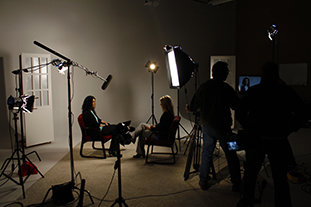
Mise-en-scene
The background of the interview connotes the topic.For example, in 'Life on death row' an interview is taken place with the prison cell in the background. It will help anchor the main point of the interview.
The clothing used in the Mise-en-scene is associated with the topic or person being interviewed. E.g in 'Supersize me' Don is wearing a T-shirt with 'Party with Big Mac' on.
Props are sometimes used to anchor the point the interviewee is trying to get across. An example of this is in 'Supersize me', when Morgan Spurlock interviews Lisa Young, a Professor of Nutrition, she holds packets from McDonald's to show how the packet sizes have increased overtime.
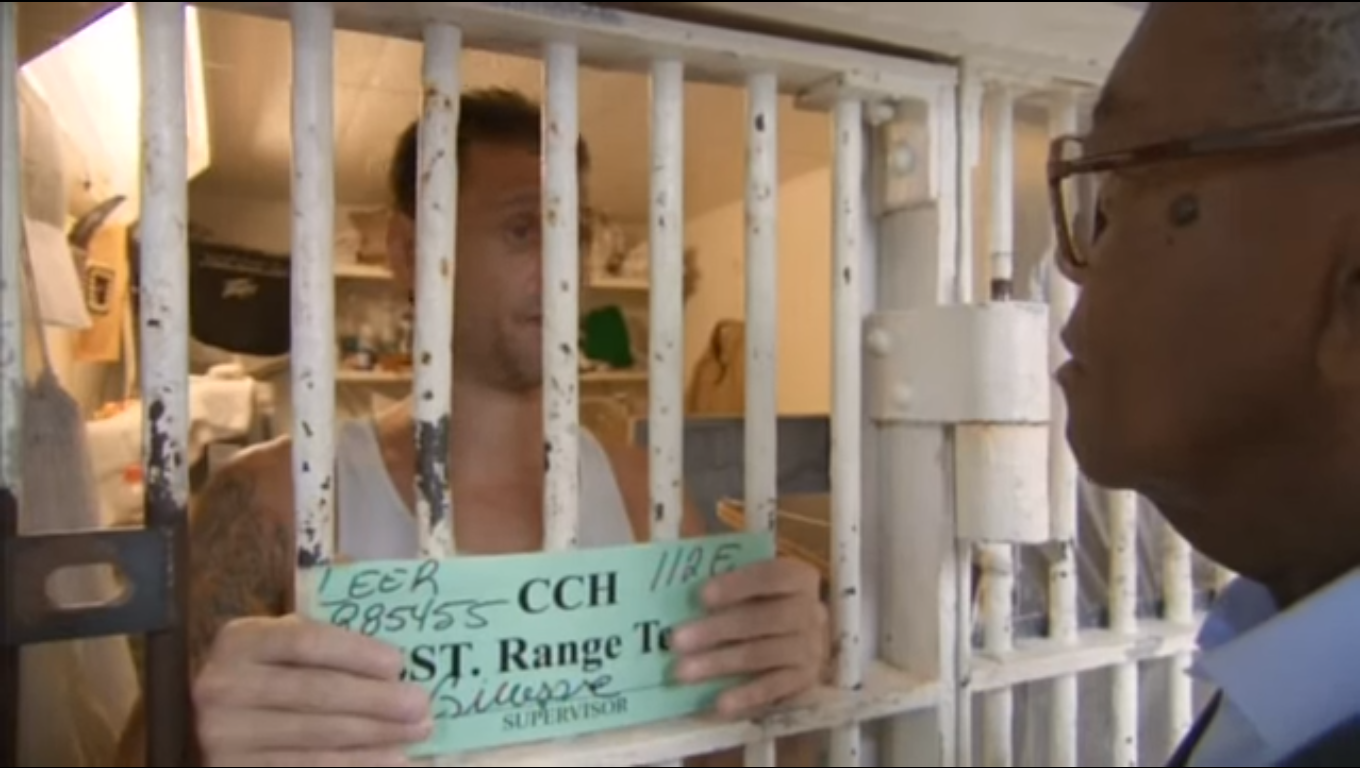
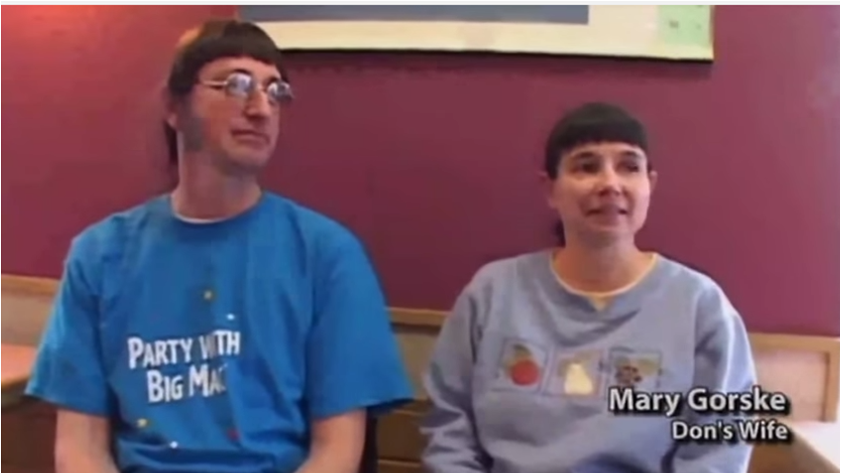
Example of background Mise-en-scene
Clothing in 'Supersize me' which is related to the topic
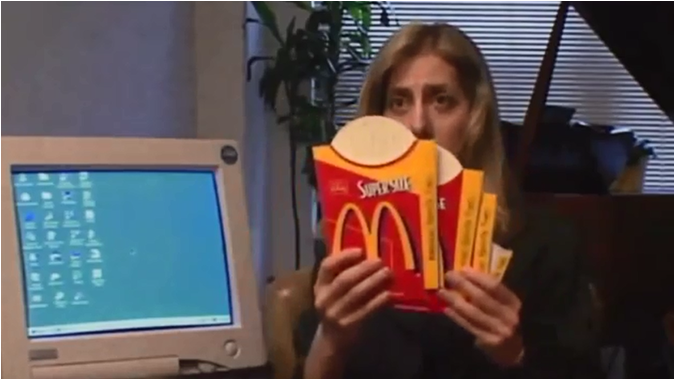
Example of props used in an interview
Lighting and positioning within the frame
A low-key lighting or a natural lighting is used within interviews. The light source is in front of the interviewee, which is behind the camera.
The interviewee is always sat opposite the camera and looks at the interviewer rather than the camera.This makes the interview seem more realistic as the interviewee acts like the camera is not there.
Rule of thirds are used in most interviews, it involves the interviewees eye line being in the third section of the screen,either on the left or right.
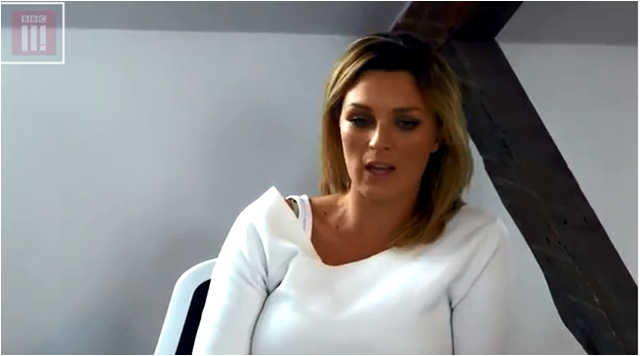
Example from 'Rise of the superstar vloggers'
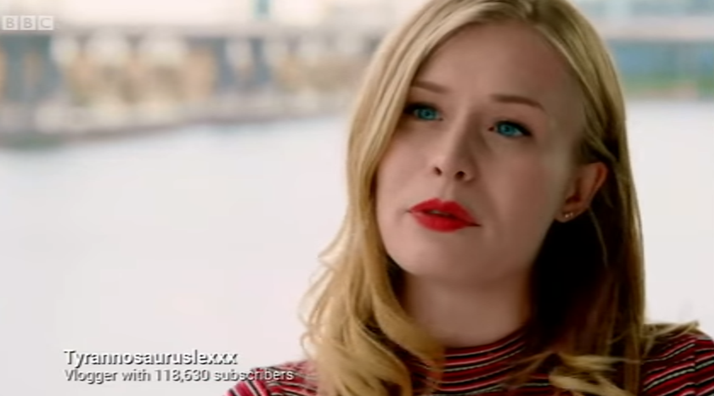
Example from 'Rise of the superstar vloggers'
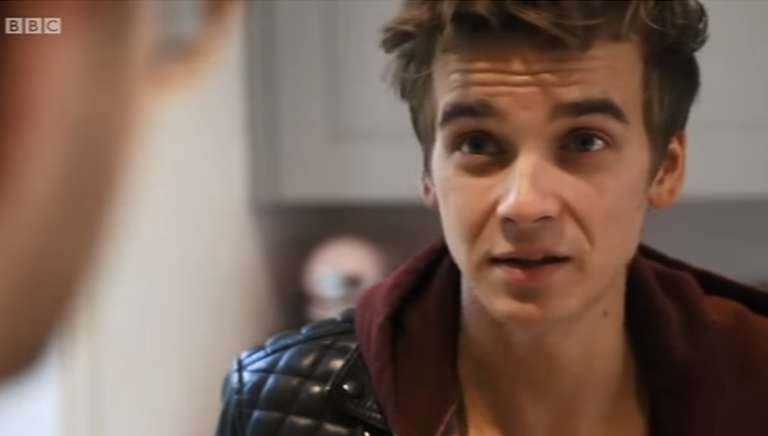
Rule of thirds. 'Rise of the superstar vloggers'
Shot types
Most interviews are filmed in a mid shot, medium close up, or close up. This is done to capture emotion and facial expression and make the interviewee the main focus.
They are sat to the left or right of the frame.
One of the main codes and conventions of an interview is for the interviewee to be seated when asked questions as it gives it a more relaxing atmosphere. When analyzing the documentary 'Inside death row' I noticed that in the interviews with the inmates, none of them are seated and most are behind bars, this gives the interview a more serious tone.
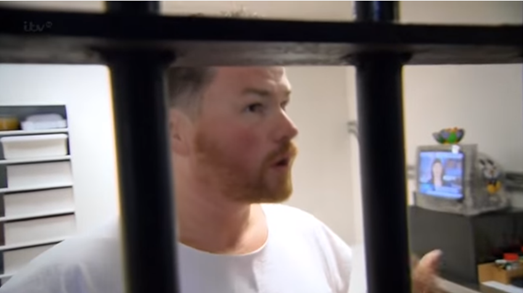
Medium close up from 'Inside death row'
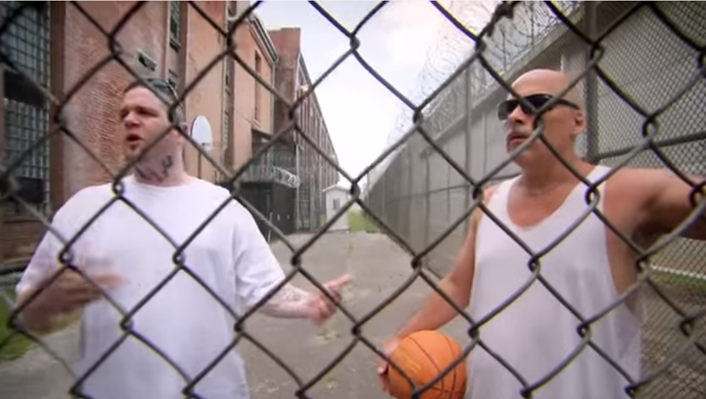
Interview from 'Inside death row'
Cutaways and archive footage
The archive footage shown is relevant to what has just been spoken about. Archive footage is used to make breaks between the interviews so the audience does not get bored.
Cut aways and archive footage are edited into the interview to anchor the subject they are speaking about.
Archive footage is also used so the audience know everything is based on fact.
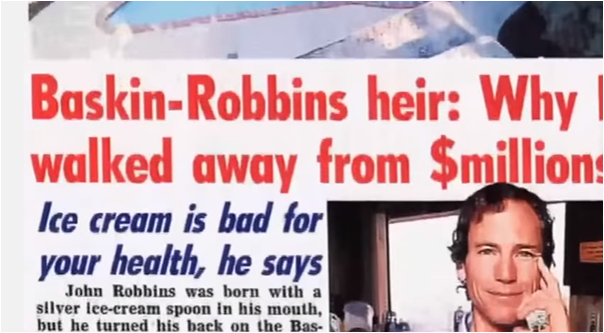
Here is an example of archive footage used in 'Supersize me'. A newspaper article is shown when Morgan Spurlock interviews John Robbins a Health Advocate.
Graphics
The name of the person who is being interviewed is usually placed at the bottom left or right of the screen. This informs the audience with who they are listening to. The name only appears on the screen for a few seconds and then fades, this is as if it was on the screen throughout the whole interview it may distract the audience. The text is shown on the opposite side of the interviewee. On the right is an example from 'Supersize me', were many of the interviews have graphics.
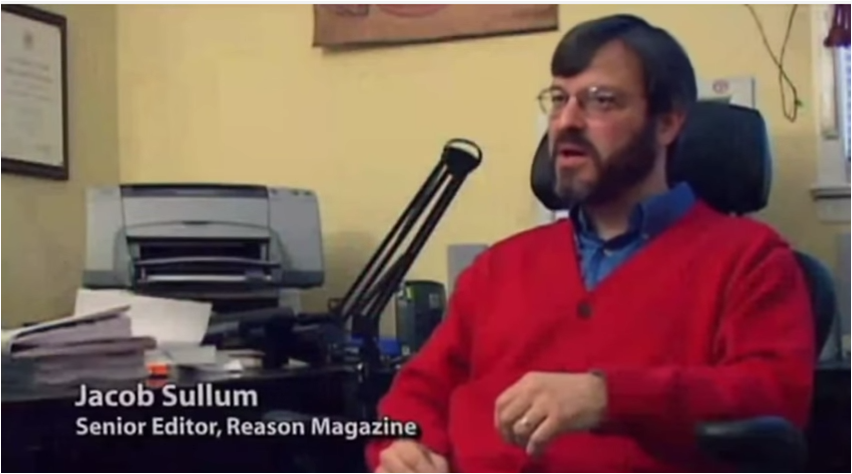
Music
Music is rarely used in interviews, however if it is then it is played quietly in the background so it does not distract the audience from the person speaking.
Sometimes at the end of an interview music can play in the background and then increase in volume to start the next scene.
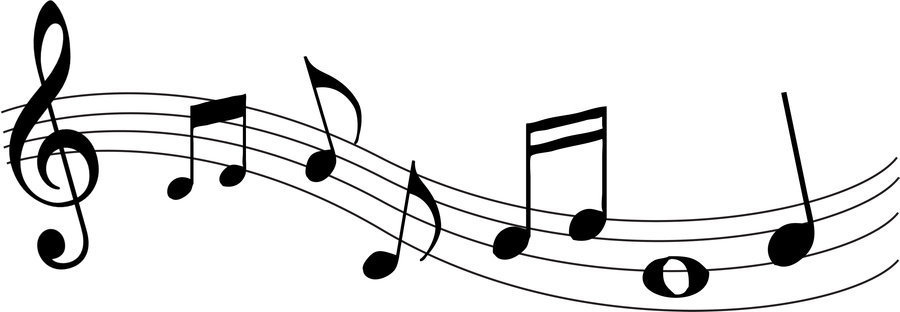
Questions cut out of an Interview
When the interviews are taking place questions the interviewer asks are cut out. This is as the main focus of the interview is the interviewee, not the interviewer.
If the interview was set out in a question,answer,question order then the audience may get bored.
Codes and conventions of interviews
By ninachapman99
Codes and conventions of interviews
- 1,300